-
April 28, 2016 Nouvel Building, Auditorium 200
Both the Big and the Small
An encounter with Antonio Tagliarini
Free ticket until full capacity is reached
The work of Antonio Tagliarini draws inspiration from countless references, yet his practice does not only involve sliding across the copious amounts of information available in modern times but articulates preferences and relationships. It sets out from his searches with curiously calm, at times obsessive, observation: his glance can simultaneously fall on the minutest detail and the biggest revelation.
In this encounter with Jaime Conde-Salazar, Tagliarini will render an account of his interests and share his personal vision with the audience.
Antonio Tagliarini. Performer, artistic director and choreographer. He has worked as a dancer and actor with major directors such as Miguel Pereira, Raffaella Giordano, Giorgio Rossi and Marco Baliani, to name but a few. Since 2008 he has worked on a number of co-creations that include Rewind – homage to Café Müller by Pina Bausch (Festival Short Theatre di Roma), “From a to b” by Andy Warhol (2010), Reality and rzeczy/cose (2012) and We decided to go because we don’t want to be a burden to you (2014).
Jaime Conde-Salazar holds a degree in Art History from the Complutense University of Madrid. Between 2003 and 2006 he directed the Estrella Casero Dance School at the University of Alcalá of Henares, and as a dance critic and dramaturgist he has regularly collaborated with Marsha Gall, Pablo Assumpçao, Rodrigo Tisi, Claudia Faci, Martín Padrón, Ben Benauisse, I-Chen Zuffelato, Gregorye Auger, Filipe Viegas, Idoia Zabaleta, Antonio Taglairini and Miguel Pereira, accompanying them in diverse processes of creation. He is currently working on the project to disseminate and critique live arts, Continuumlivearts, and he regularly collaborates with El Graner (Barcelona) and Azala Espacio de Creación (Vitoria).
-
April 29, 2016 sabatini Building, Floor 1. Room 102
La Veronal
Equal Elevations
Prior registration required at: programasculturales2@museoreinasofia.es
La Veronal engages in an exercise of dialogue with Richard Serra’s sculpture Equal-Parallel: Guernica-Bengasi (1986), conceived by the artist not as a reference to historical memory but as a form of spatial experimentation and a temporary analogy of two historical events: the bombings of Guernica (1937) and the Benghazi attack (1986). This interaction between two disciplines, dance and sculpture, and two forms of expression, movement and weight, looks to reflect on the possibility of encounter and cooperation between them, thus highlighting the role of gravity.
Before and between Serra’s sculptures, interwoven in space with the orthogonal distribution of weight parameters, elevation and extension, the company unfurls Kova, a language they use to build a maze with meaningful complexity. Steve Reich, a collaborating musician and friend of Richard Serra, will also participate in the piece, bolstering the contact between these languages in the process.
Two sessions will be held: the first at 12:00 p.m. and the second at 6:00 p.m.
La Veronal. Created by Marcos Morau in 2005, La Veronal is one of the strongest young companies in Spain, and one with the greatest national and international renown. Morau has created different performances, all with the names of cities around the world, and received numerous awards, thus reaffirming the company’s irrepressible creative path.
-
April 29, 2016 Nouvel Building, Auditorium 200
Dancing Museums
Encounter with Elisabetta Bisaro
Free ticket until full capacity is reached
Elisabetta Bisaro presents the Dancing Museums European initiative. This programme seeks to create spaces for artists to develop their work in dialogue with other art forms, sharing knowledge with a range of organisations, audiences, practices and specific contexts. The organisations participating in this European project include: La Briqueterie – Centre de développement chorégraphique du Val de Marne (France), Comune di Bassano del Grappa (Italy), D.ID Dance Identity (Austria), Dansateliers (Netherlands) and Siobhan Davies Dance (UK); and the museums and galleries: Arte Sella (Italy), Boymans van Beuningen (Netherlands), Gemäldegalerie Wien (Austria), Le Louvre (France), Mac/Val (France), Museo Civico (Italy), Museo di Palazzo Sturm (Italy) and The National Gallery (UK).
Dancing Museums is co-founded by the Creative Europe programme.
Elisabetta Bisaro has worked as a programme manager in the field of dance and performing arts in three countries: after the first steps she took in Italy, she worked as a programme manager at Dance Ireland in Dublin for six years, running the entire range of projects (Modul-dance, Tour d’Europe des choréographes, E-Motional Bodies & Cities, Léim, etc.) and the programme Made in Dublin in 2012. Since 2013 she has overseen the international relations of La Briqueterie – CDC du Val-de-Marne. She is also president of PlanTS, an organisation made up entirely of women from the arts and based in Trieste.
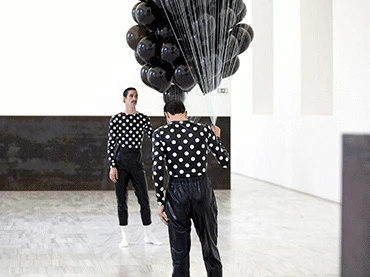
Held on 28, 29 abr 2016
The Museo Reina Sofía once again takes part in the activities that mark International Dance Day, organising two sessions that aim to grant visibility to and assimilate inside its spaces an artistic practice that is becoming increasingly prominent in the Museo’s programming, lines of research and Collection.
On 28 April, in collaboration with the Italian Institute of culture and the Corral de Comedias (Theatrical Courtyard) of Alcalá de Henares, the Museo welcomes a conversation between art historian Jaime Conde-Salaza and choreographer and performer Antonio Taglarini. The dance artist will share some of his favourite references with spectators, involving the audience in the central components across his artistic practice.
Over the course of the second day, 29 April, the Museo will programme a series of activities that explore the link between dance and museums.
On one side, the company La Veronal premieres a piece devised solely for the institution. Entitled Equal Elevations, it enters into dialogue with Richard Serra’s work Equal-Parallel: Guernica-Bengasi (1986), with the choice of this sculpture a starting point bearing relevance to how it was conceived by the artist: not as a reference to historical memory but as a form of spatial experimentation and a temporary analogy of historical events – the Guernica bombings (1937) and the Benghazi attack (1986). The ensuing conversation addresses the spatial juxtaposition between dance and sculpture, movement and weight, and lightness and gravity.
By the same token, the European partnership Dancing Museum, which commenced in June 2015 and runs until March 2017, will be presented. Its aim, to be outlined by one of its members, Elisabetta Bisarro, is to define and incorporate new methods for bringing audiences closer to contemporary dance by way of inclusive and communicative strategies, such as the production of choreographed works, guided tours, participatory workshops and online platforms in which both the artists and the audience take centre stage.
In collaboration with
Instituto Italiano de Cultura and Corral de Comedias from Alcalá de Henares
Related links
Organised by
Museo Reina Sofía

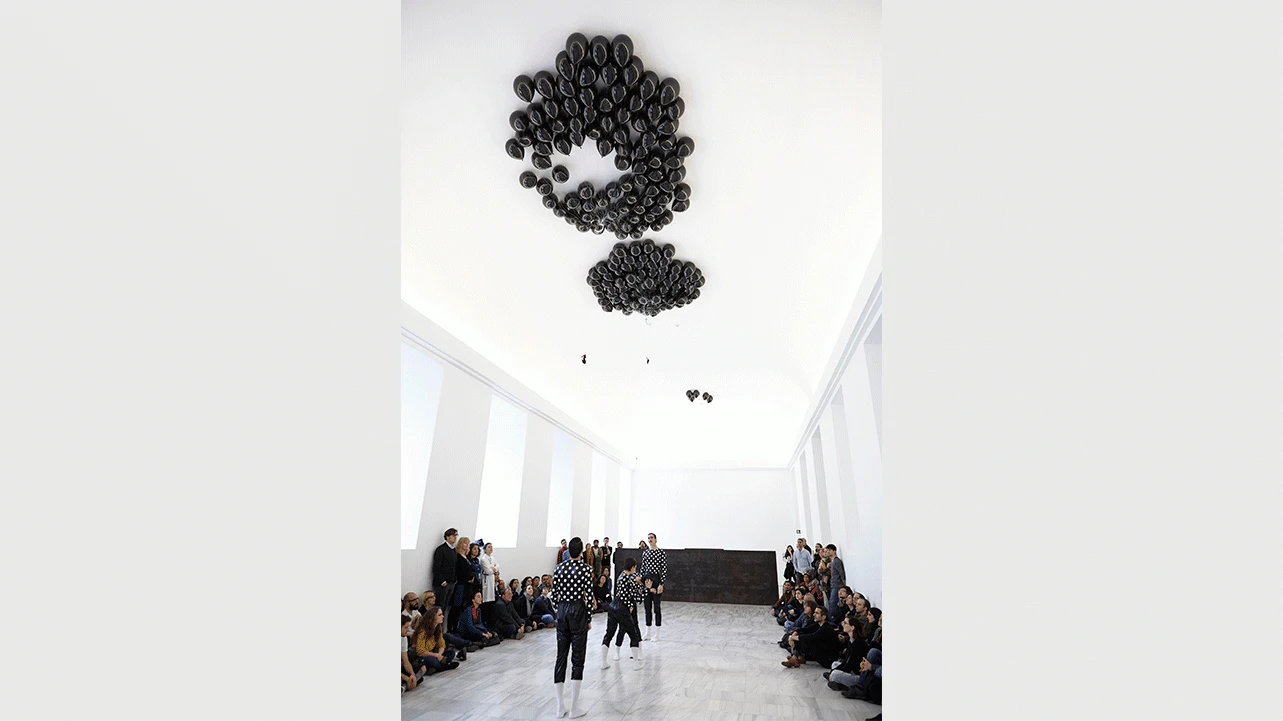



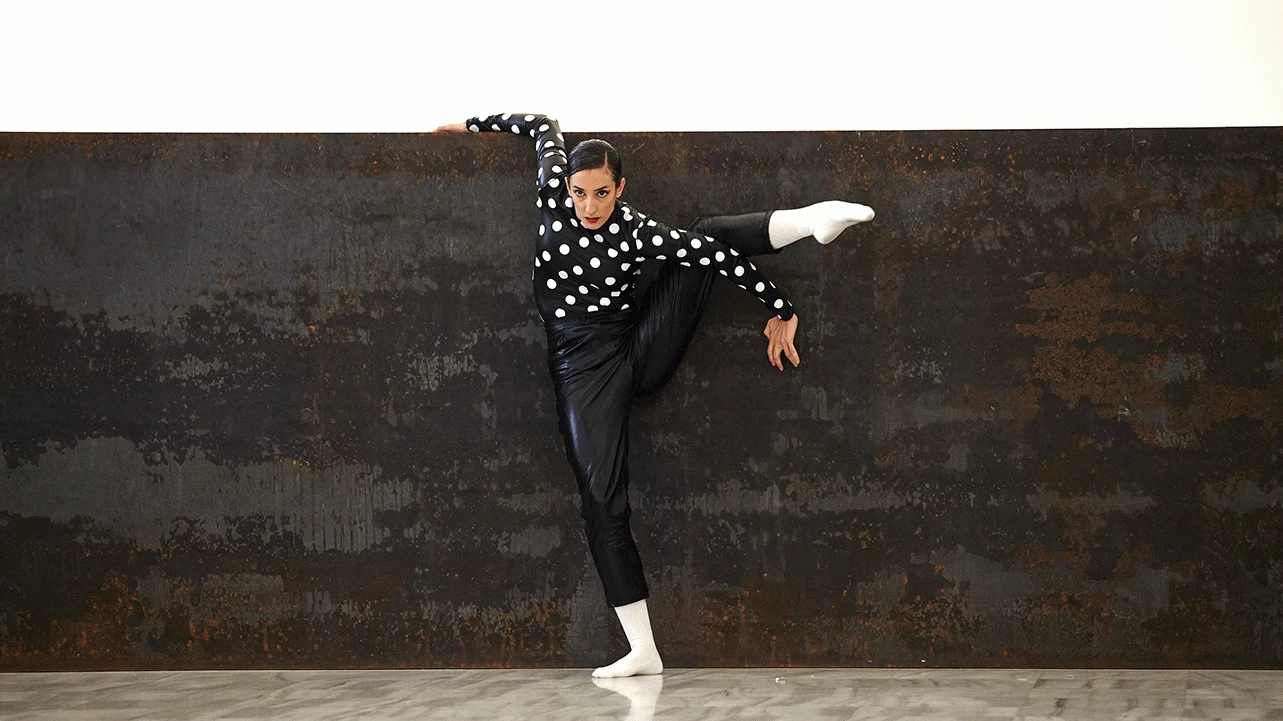
Más actividades
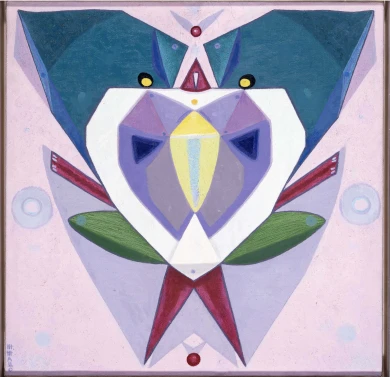
Estrella de Diego Lecture. Holding Your Brain While You Sleep
Wednesday, 3 December 2025 – 7pm
Framed inside the Museo Reina Sofía’s retrospective exhibition devoted to Maruja Mallo, this lecture delivered by Estrella de Diego draws attention to the impact of the artist’s return to Spain after her three-decade exile in Latin America.
Committed to values of progress and renewal in the Second Republic, Mallo was forced into exile to Argentina with the outbreak of the Civil War and would not go back to Spain to settle definitively until 1965 — a return that was, ultimately, a second exile.
Mallo saw out her prolific artistic trajectory with two impactful series: Moradores del vacío (Dwellers of the Void, 1968–1980) and Viajeros del éter (Ether Travelers, 1982), entering her most esoteric period in which she drew inspiration from her “levitational experiences” of crossing the Andes and sailing the Pacific. Her travels, both real and imaginary, became encounters with superhuman dimensions.
In parallel, her public persona gained traction as she became a popular figure and a key representative of the Generation of ‘27 — the other members of which also started returning to Spain.
This lecture is part of the Art and Exile series, which seeks to explore in greater depth one of the defining aspects of Maruja Mallo’s life and work: her experience of exile. An experience which for Mallo was twofold: the time she spent in the Americas and her complex return to Spain.
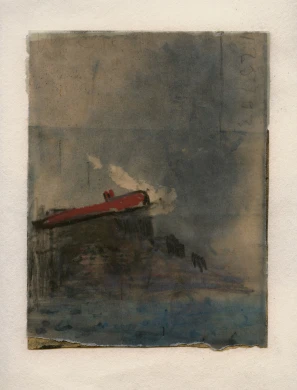
Juan Uslé. That Ship on the Mountain
Tuesday, 25 November 2025 – 7pm
Ángel Calvo Ulloa, curator of the exhibition Juan Uslé. That Ship on the Mountain, engages in conversation with artist Juan Uslé (Santander, 1954) in the Museo’s Auditorium 400 to explore in greater depth the exhibition discourse of this anthological show spanning four decades of Uslé’s artistic career.
The show casts light on the close relationship Uslé’s work bears to his life experiences, establishing connections between different stages and series which could ostensibly seem distant. Framed in this context, the conversation looks to explore the artist’s personal and professional journey: his memories, experiences of New York, his creative process, conception of painting, and ties with photography and film, and the cohesiveness and versatility that characterise his art. Key aspects for a more in-depth understanding of his artistic sphere.
The conversation, moreover, spotlights the preparatory research process that has given rise to this exhibition to grant a better understanding of the curatorial criteria and decisions that have guided its development.
These inaugural conversations, part of the main working strands of the Museo’s Public Programmes Area, aim to explore in greater depth the exhibition narratives of the shows organised by the Museo from the perspective of artists, curators and specialists.

Fifteenth Edition of the Márgenes Festival
Sunday, 23 November 2025 - 7:30pm
This year’s opening night of the fifteenth edition of the Márgenes International Contemporary Film Festival will take place inside the Museo Reina Sofía. The inaugural session will witness artists Neutro Gris and Nodoaviom perform, live and for the first time, the multimedia performance Music 4 Salvation, which extends their language towards a sensorial experience fusing sound, image and digital emotion.
Music 4 Salvation unfolds as a sound and visual collage in which different strands are linked in one sole narrative of youth and adulthood, notions from which the piece puts forward a second reading of popular symbology and iconography and culminates by evoking the transitional time between these two stages of life. And all from a post-internet gaze and found footage aesthetics.
The Márgenes Festival is held from 23 to 30 November in Madrid and shines a light on innovative initiatives that combine up-and-coming and acclaimed talent. Its film programme explores the convergence of cinema, the visual arts and sound art with approaches that expand the limits of the film experience, encompassing screenings, audiovisual shows, performances, encounters and sessions for children. In addition to the opening event, the Museo also welcomes, among the organised activities this year, the series Emotional Interface. The Films of Metahaven.
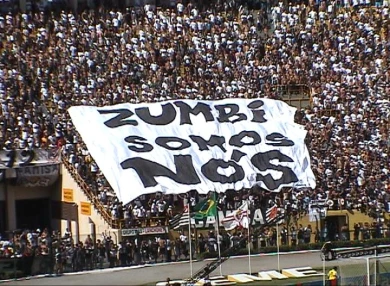
The History and Roots of Samba
Saturday, 22 November 2025 – 6pm
Museo Situado and the Maloka Brazilian Cultural Association come together to offer this artistic, historical and social activity in conjunction with Black Consciousness Day in Brazil, which pays homage to Dandara and Zumbi dos Palmares, universal symbols of Afro-Brazilian resistance and the fight against slavery.
In the activity, dance, poetry and performance become tools of memory and resistance via a programme which surveys the history of samba, from its origins in Bahia to its consolidation in Rio de Janeiro. It features the participation of more than ten Brazilian artists and pays homage to key figures in samba such as Tia Ciata, Clementina de Jesús, Cartola, Dona Ivone Lara, Elza Soares, Martinho da Vila and Alcione.
Further, the event seeks to shine a light on the richness of Afro-Brazilian culture while opening a space of reflection on resistance to racism throughout history and today, as well as inequality and disregard. In the words of philosopher Sueli Carneiro (2000), “the fight for the rights of black women and the community of African descent is inseparable from the rescue of history and the memory of our ancestors”. It is an artistic and vindicatory celebration that invites the whole community to aquilombarse: to come together, celebrate and affirm collective memory, for, as sociologist Florestan Fernandes (1976) affirmed, “the history of peoples of African descent can only be understood through the active resistance to oppression”. Long live Dandara. Long live Zumbi. Long live Afro-Brazilian ancestry.
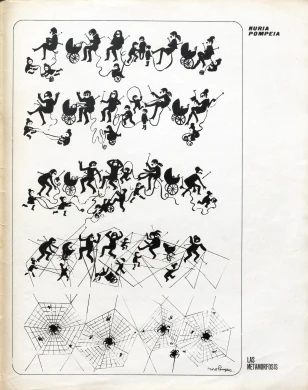
Crossed Vignettes
Friday, 21 November 2025 – Check programme
The Crossed Vignettes conference analyses the authorship of comics created by women from an intergenerational perspective and draws from the Museo Reina Sofía Collections. Across different round-table discussions, the programme features the participation of illustrators Marika, Carla Berrocal, Laura Pérez Vernetti and Bea Lema and researchers Viviane Alary, Virginie Giuliana and Elisa McCausland.
The aim of the encounter is twofold: to explore in greater depth the different forms in which women comic book artists have contributed to developing a counterculture; namely, the appearance of ruptures, reformulations and new genres within the ninth art. And to set up a dialogue which ignites an exploration of genealogies linking different generations of artists.
Moreover, the activity is put forward as a continuation to the exhibition Young Ladies the World Over, Unite! Women Adult Comic Book Writers (1967–1993) and the First International Conference on Feminist Comic Book Genealogies, held in April 2024 at the Complutense University of Madrid.
In redefining the visual narratives of the comic book and questioning gender stereotypes in a male-dominated world, women comic book writers and artists have impelled greater visibility and a more prominent role for women in this sphere. The study of intergenerational dialogue between female artists past and present enables an analysis of the way in which these voices reinterpret and carry the legacy of their predecessors, contributing new perspectives, forms of artistic expression and a gender-based hybridisation which enhances the world of comics.
The conference, organised jointly by the Museo Reina Sofía and Université Clermont Auvergne/CELIS (UR4280), features the participation of the Casa de Velázquez and is framed inside the context of the CALC programme The Spanish Artistic Canon. Between Critical Literature and Popular Culture: Propaganda, Debates, Advertising (1959–1992), co-directed by Virginie Giuliana. It is also the outcome of the projects Horizon Europa COST Actions iCOn-MICs (Comics and Graphic Novels from the Iberian Cultural Area, CA19119) and COS-MICs (Comics and Sciences, CA24160).



![Miguel Brieva, ilustración de la novela infantil Manuela y los Cakirukos (Reservoir Books, 2022) [izquierda] y Cibeles no conduzcas, 2023 [derecha]. Cortesía del artista](https://recursos.museoreinasofia.es/styles/small_landscape/public/Actividades/ecologias_del_deseo_utopico.jpg.webp)
![Ángel Alonso, Charbon [Carbón], 1964. Museo Reina Sofía](https://recursos.museoreinasofia.es/styles/small_landscape/public/Actividades/perspectivas_ecoambientales.jpg.webp)